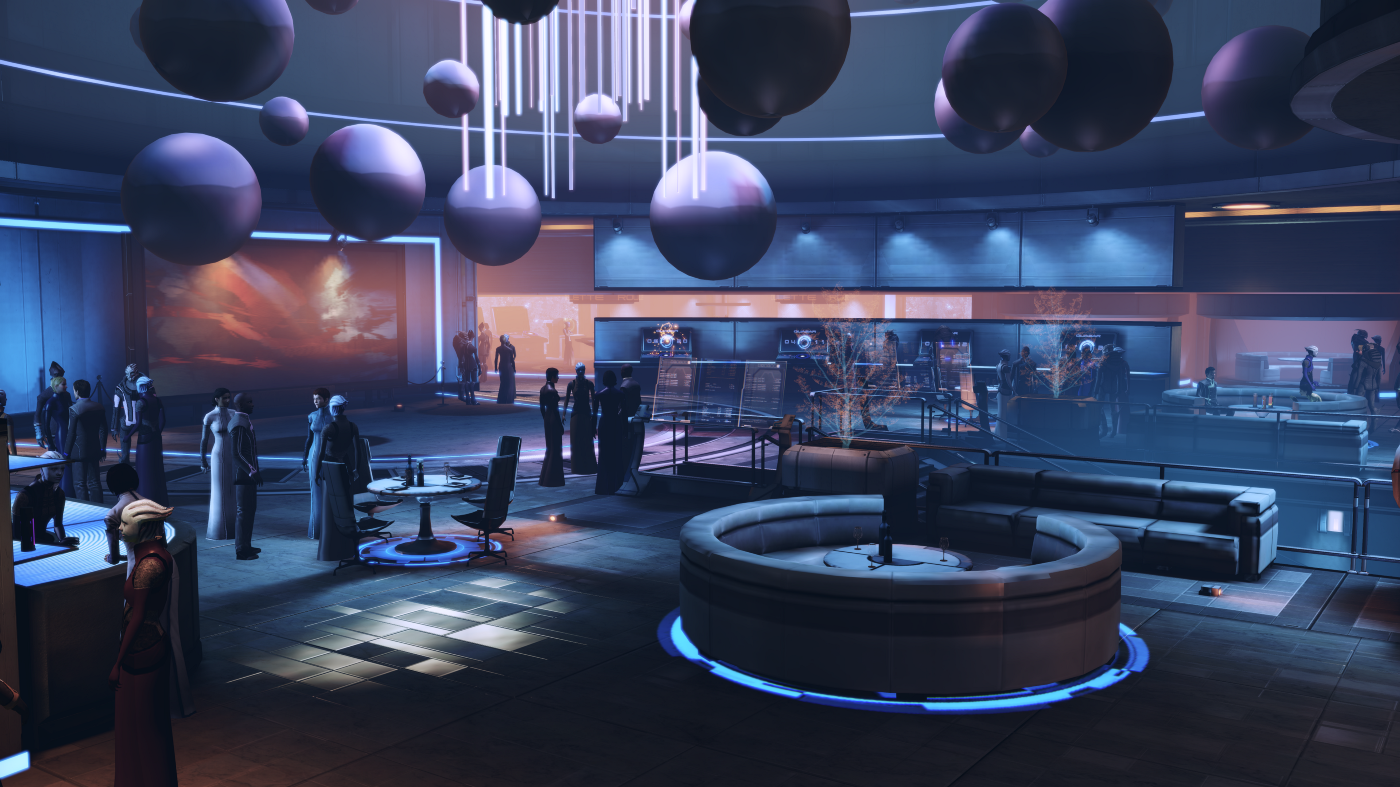Virtual Reality…..Beyond 3D

Technology in our lifetime has transformed the ways we express ourselves and experience the rich and textured world we live in. Not long ago, computers and laptops were the most common platforms that kept us connected. With the advent and boom of phones and smartphones with cameras, the internet began to thrive with a glut of visual data. However, the buzz word today is a more advanced and fastest growing technological industries: Virtual Reality Virtual Reality, or VR, is defined as a computer-generated simulation of a 3D image that can be interacted with, in an artificial environment. The ways VR has and is being employed are innumerable, across industries and disciplines.
In the construction and designing industries, Virtual Reality is coming to life as a tool for architects and is changing dimensions by allowing architects to be immersed in their design.

One of the biggest challenges architects and interior designers face today is in the area of their clients visualizing and understanding the design. Architects have moved from free hand sketches to computer aided drawings (CAD) to 3D modeling and 3D rendering. Software technology has played a major role in this evolution and made lives a lot easier since free hand sketches. Even with a realistic 3D render, clients could only visualize a part of the selected area and not the desired 360-degree view. Now with the advent of VR, clients can virtually walk into their space and view the design and experience the material up close as well. They can envision the design from any and all angles.
Virtual Reality in the design process has dramatically shortened timelines from a few days of manual drawings and revisions on a design decision, roughly 30 minutes! Clients can now make changes while they walk into the design interactively.

VR can be used just as extensively in designing a space as it is used in visualizing a space. When designing a project, changes are sometimes required after seeing the space in person. This becomes a costly issue when walls have already been built and a client desires to make changes. With the introduction of VR systems, a designer can visualize different design solutions within the program and fixes any issues before the project is built, which is more efficient and cost effective than modifying a physical space. This assists with avoiding rounds of revisions and allowing real-time changes during meetings, from wall colors to furniture choices, which effectively streamlines the design process.
We believe this technology should be accessible by all clients, big and small. The benefits of using VR far outweigh the cost for both the client and the design team. Modeling and viewing a project in virtual reality allows for a more realistic visual experience of a design and overcomes the scale and perspective limitations of a 2D plan, image, or rendering. Clients and the design teams are able to adequately discuss and understand specific details and design intentions when viewing them virtually, thus facilitating the hash-out of problems and costs much earlier in the process, leading to a smoother construction phase.
This is just the beginning of how VR is set to alter the course of technology and its application in the near future. It is poised to become a staple in the design process rather than a tool for only presenting the project. VR can also be used as an effective marketing tool to present, showcase, and announce a project. With this rapid evolution of technology and its application, one can only wait with bated breath for what will be hailed as the next new innovation!
